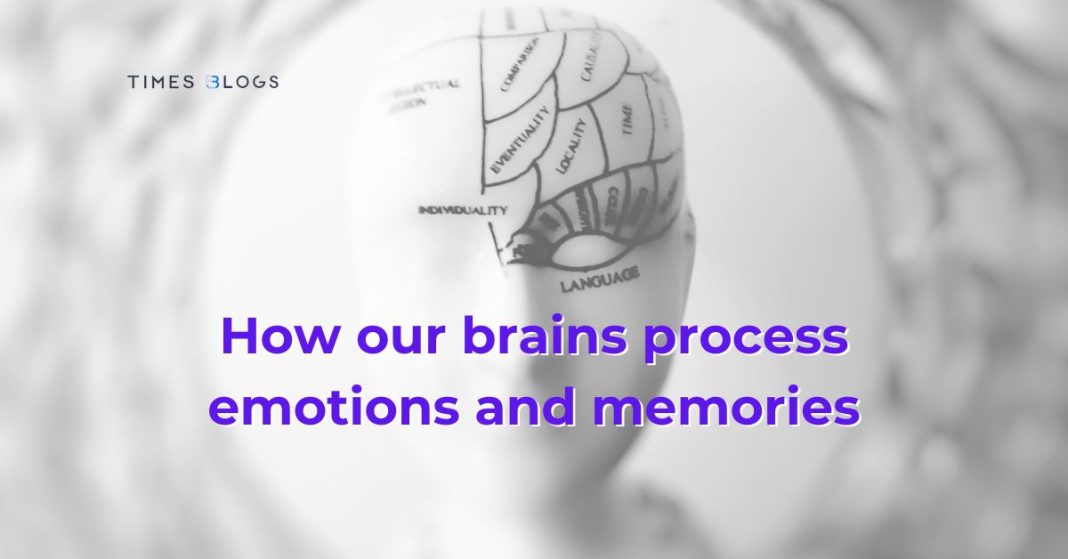Have you ever wondered how our brains process emotions and memories? The human brain is an incredibly complex organ, and understanding how it works is a challenging task. However, advances in neuroscience have allowed us to gain a better understanding of the mechanisms behind the processing of emotions and memories.
In this article, we will delve into the science behind how our brains process emotions and memories. We will explore the different brain regions involved in emotional processing, the role of neurotransmitters and hormones, and the impact of traumatic experiences on memory formation.
Table of Contents
Related Article: The Science of color and how it affects our mood and perception
Emotions and the Brain
Emotions are an integral part of human experience. They influence our behavior, decision-making, and social interactions. The processing of emotions in the brain is a complex process that involves multiple brain regions and neurotransmitters.
The Amygdala
The amygdala is a small, almond-shaped structure located in the medial temporal lobe of the brain. It is often referred to as the “emotional hub” of the brain because of its role in processing emotional information.
Research has shown that the amygdala is involved in the processing of both positive and negative emotions, including fear, anxiety, anger, and happiness. When we encounter a potentially threatening or rewarding stimulus, such as a snake or a delicious meal, the amygdala is activated and triggers a series of physiological responses, including the release of stress hormones like cortisol and adrenaline.
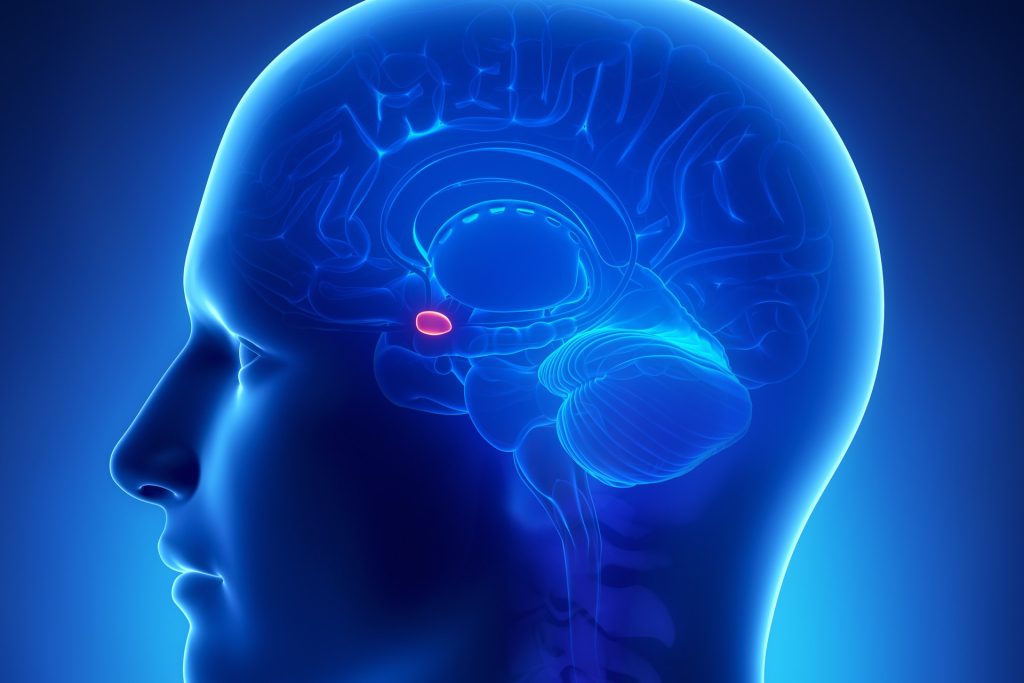
One study conducted by LeDoux et al. (1990) found that rats with lesions to the amygdala showed a reduced fear response to a conditioned stimulus. This study suggests that the amygdala plays a crucial role in the formation and expression of fear responses.
The Prefrontal Cortex
The prefrontal cortex is a region located at the front of the brain, just behind the forehead. It is involved in a wide range of cognitive processes, including decision-making, planning, and working memory.
Research has shown that the prefrontal cortex also plays a role in the processing of emotional information. In particular, it is involved in regulating emotional responses, especially in situations where emotions may interfere with rational decision-making.
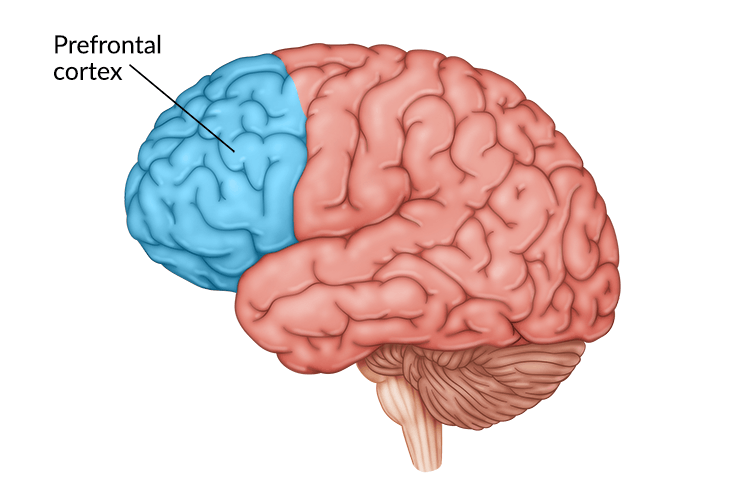
For example, a study conducted by Phan et al. (2005) found that participants with greater prefrontal cortical activation showed less emotional reactivity to negative stimuli. This study suggests that the prefrontal cortex may act as a “brake” on emotional responses, helping to regulate our emotional reactions in situations where they may not be helpful.
Neurotransmitters and Hormones
The processing of emotions in the brain is also influenced by neurotransmitters and hormones. Neurotransmitters are chemical messengers that transmit signals between neurons, while hormones are chemical messengers that are released by glands and travel through the bloodstream to target cells.
Serotonin
Serotonin is a neurotransmitter that is involved in a wide range of physiological processes, including the regulation of mood, appetite, and sleep. Research has shown that serotonin is also involved in the processing of emotional information, particularly in the regulation of negative emotions such as fear and anxiety.

For example, a study conducted by Harmer et al. (2006) found that increasing serotonin levels in healthy volunteers led to reduced amygdala activation in response to negative emotional stimuli. This study suggests that serotonin may play a role in regulating emotional responses by modulating activity in the amygdala.
Dopamine
Dopamine is a neurotransmitter that is involved in reward processing and motivation. Research has shown that dopamine is also involved in the processing of emotional information, particularly in the processing of positive emotions such as happiness and pleasure.
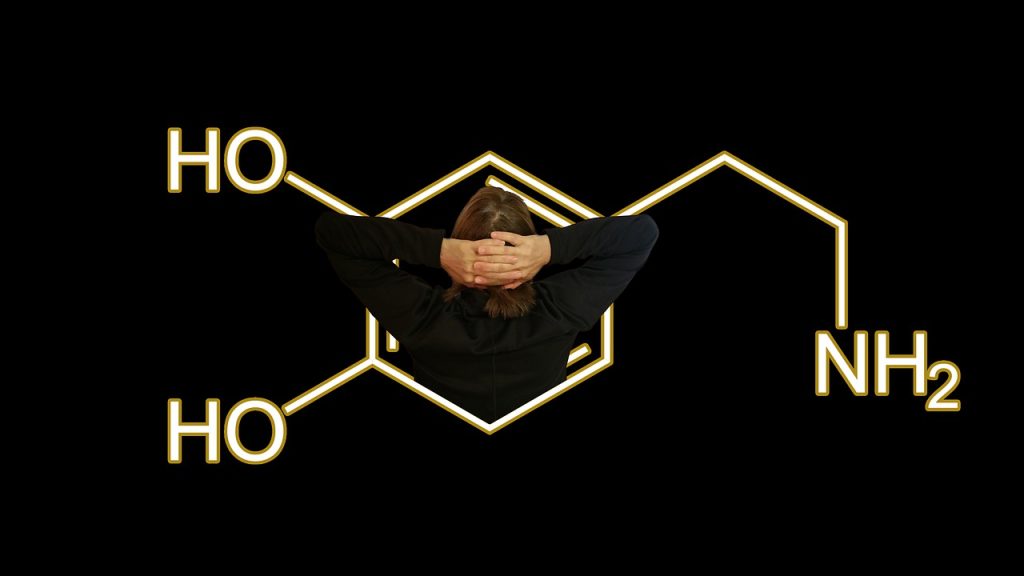
For example, a study conducted by Zald et al. (2004) found that increasing dopamine levels in healthy volunteers led to increased activity in the ventral striatum, a region of the brain involved in reward processing. This study suggests that dopamine may play a role in enhancing the processing of positive emotional information, leading to a greater sense of reward and pleasure.
Oxytocin
Oxytocin is a hormone that is often referred to as the “love hormone” because of its role in social bonding and attachment. Research has shown that oxytocin is also involved in the processing of emotional information, particularly in the regulation of social emotions such as trust and empathy.
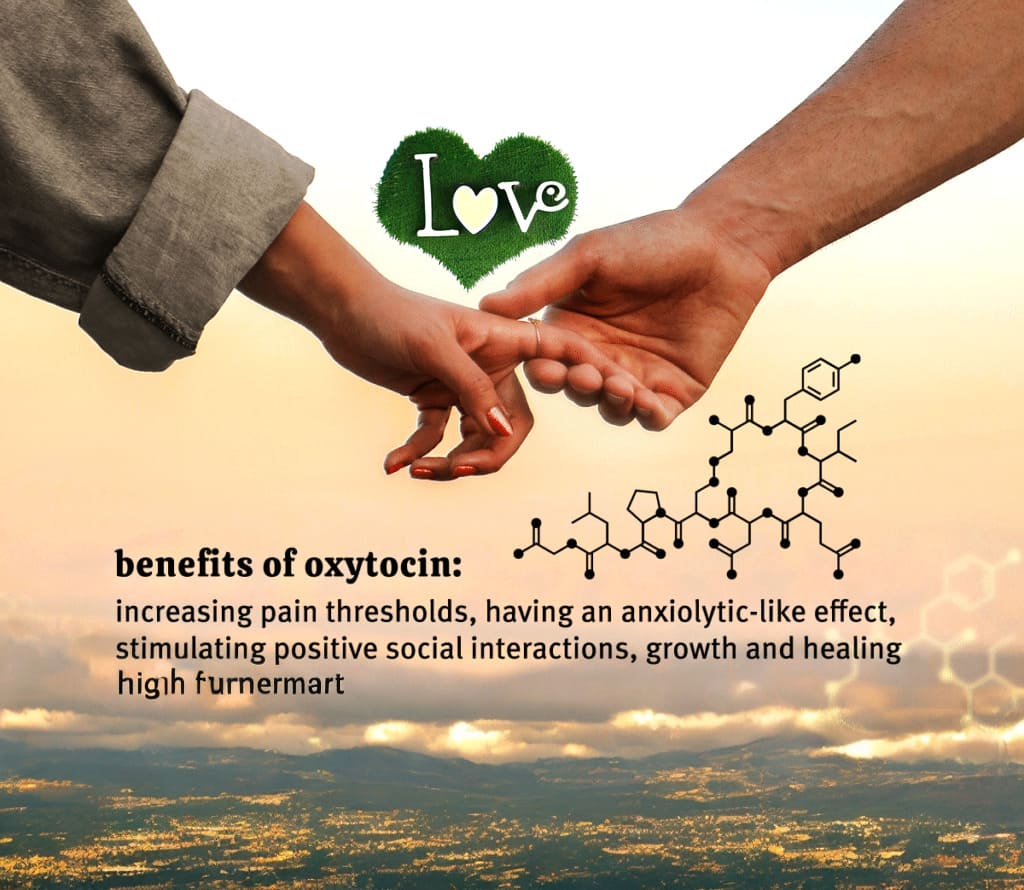
For example, a study conducted by Baumgartner et al. (2008) found that intranasal administration of oxytocin increased trust in social interactions by increasing activity in the amygdala and prefrontal cortex. This study suggests that oxytocin plays a role in regulating social emotions by modulating activity in regions involved in social cognition and emotional processing.
Cortisol
Cortisol is a hormone that is released by the adrenal glands in response to stress. Research has shown that cortisol plays a role in the processing of emotional information, particularly in the regulation of negative emotions such as fear and anxiety.
For example, a study conducted by Abercrombie et al. (2003) found that participants with higher cortisol levels showed reduced amygdala activation in response to negative emotional stimuli. This study suggests that cortisol may act as a natural “brake” on emotional responses, helping to regulate our emotional reactions to stressful situations.
Memory and the Brain
Memory is a critical aspect of human cognition. It allows us to store and retrieve information about past events, experiences, and knowledge. The processing of memories in the brain is a complex process that involves multiple brain regions and mechanisms.
The Hippocampus
The hippocampus is a seahorse-shaped structure located in the medial temporal lobe of the brain. It is often referred to as the “memory hub” of the brain because of its role in the formation and retrieval of memories.
Research has shown that the hippocampus is involved in the formation of declarative memories, which are memories that can be consciously recalled, such as facts and events. It is also involved in spatial memory, which is the ability to remember the location and layout of physical environments.
One study conducted by Maguire et al. (2000) found that London taxi drivers, who have extensive experience navigating the complex streets of the city, had larger hippocampi than control participants. This study suggests that the hippocampus plays a crucial role in spatial memory and navigation.
The Amygdala
The amygdala, in addition to its role in emotional processing, also plays a role in the processing of emotional memories. Research has shown that the amygdala is involved in the formation and consolidation of emotional memories, particularly those associated with fear and other negative emotions.
For example, a study conducted by Phelps et al. (2001) found that participants with damage to the amygdala showed impaired fear conditioning, suggesting that the amygdala plays a critical role in the formation and consolidation of fear memories.
The Prefrontal Cortex
The prefrontal cortex, in addition to its role in emotional processing, also plays a role in the processing of working memory, which is the ability to temporarily store and manipulate information.
Research has shown that the prefrontal cortex is involved in the maintenance and manipulation of working memory, particularly in situations where emotional information is involved. For example, a study conducted by Dolcos et al. (2014) found that participants with greater prefrontal cortical activation showed better working memory performance when presented with emotional stimuli.
Traumatic Memories
Traumatic experiences can have a profound impact on memory formation and processing. Traumatic memories are often vivid and highly emotional, and they can lead to long-lasting changes in brain structure and function.
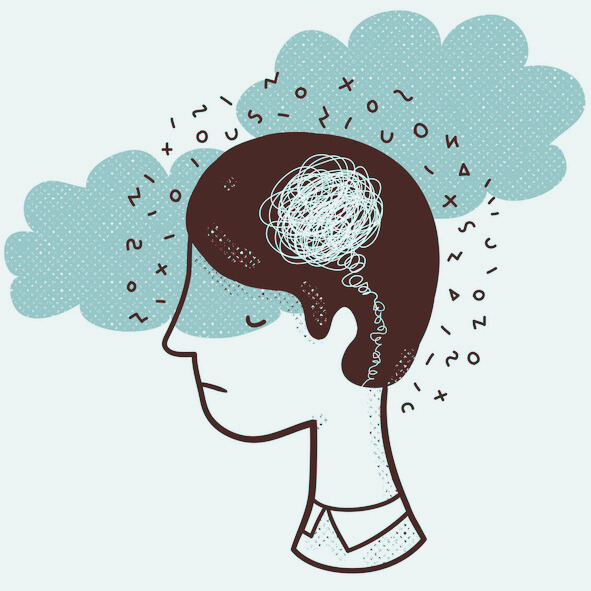
Research has shown that traumatic experiences can lead to changes in the amygdala and prefrontal cortex, which are involved in emotional processing and regulation. For example, a study conducted by Shin et al. (2006) found that individuals with post-traumatic stress disorder (PTSD) showed increased amygdala activation and decreased prefrontal cortical activation when presented with traumatic cues.
Traumatic experiences can also lead to changes in the hippocampus, which is involved in memory formation and retrieval. For example, a study conducted by Bremner et al. (1995) found that individuals with PTSD showed reduced hippocampal volume compared to control participants. This study suggests that traumatic experiences may lead to long-lasting changes in the hippocampus, which can impact memory formation and retrieval.
Neuroplasticity and Memory
Neuroplasticity refers to the brain’s ability to change and adapt in response to experiences and environmental factors. Research has shown that neuroplasticity plays a critical role in memory formation and consolidation.
For example, a study conducted by Draganski et al. (2006) found that participants who learned how to juggle showed increases in gray matter volume in the hippocampus, as well as other brain regions involved in visuospatial processing. This study suggests that learning new skills can lead to structural changes in the brain, which may enhance memory function.
Research has also shown that environmental factors, such as stress and exercise, can impact neuroplasticity and memory function. For example, a study conducted by Hillman et al. (2008) found that children who engaged in regular physical activity showed improvements in cognitive function, including working memory and attention.
Emotion and Memory
Emotions play a critical role in memory formation and retrieval. Research has shown that emotional events are more likely to be remembered than neutral events, and that emotional memories are often more vivid and long-lasting than non-emotional memories.
One theory that explains this phenomenon is the emotional arousal theory. According to this theory, emotional arousal leads to the release of stress hormones, such as cortisol, which enhances memory consolidation and retrieval.
For example, a study conducted by Cahill et al. (1994) found that participants who were shown emotionally arousing pictures had better memory for those pictures compared to participants who were shown neutral pictures. This study suggests that emotional arousal enhances memory consolidation and retrieval.
Another theory that explains the relationship between emotion and memory is the flashbulb memory theory. According to this theory, highly emotional events, such as the 9/11 terrorist attacks or the assassination of John F. Kennedy, are more likely to be remembered in great detail, and with high accuracy, because of their emotional significance.
For example, a study conducted by Brown and Kulik (1977) found that participants were able to recall the circumstances surrounding the assassination of John F. Kennedy with high accuracy, even years after the event had occurred. This study suggests that highly emotional events can lead to the formation of detailed and long-lasting memories.
Conclusion
The science behind how our brains process emotions and memories is complex and multifaceted. Emotional processing involves multiple brain regions and mechanisms, including the amygdala, prefrontal cortex, and stress hormones such as cortisol.
Memory processing involves the hippocampus, which is involved in the formation and retrieval of declarative and spatial memories, as well as the amygdala and prefrontal cortex, which are involved in the processing of emotional memories and working memory.
Traumatic experiences can lead to long-lasting changes in brain structure and function, particularly in the amygdala, prefrontal cortex, and hippocampus, which can impact memory formation and retrieval.
Neuroplasticity plays a critical role in memory formation and consolidation, and environmental factors such as stress and exercise can impact neuroplasticity and memory function.
Emotions play a critical role in memory formation and retrieval, with emotional events more likely to be remembered and emotional arousal enhancing memory consolidation and retrieval.
Overall, understanding the science behind how our brains process emotions and memories can provide insights into the complex mechanisms that underlie human cognition and behavior, and may have important implications for the development of new treatments for emotional and memory disorders.


